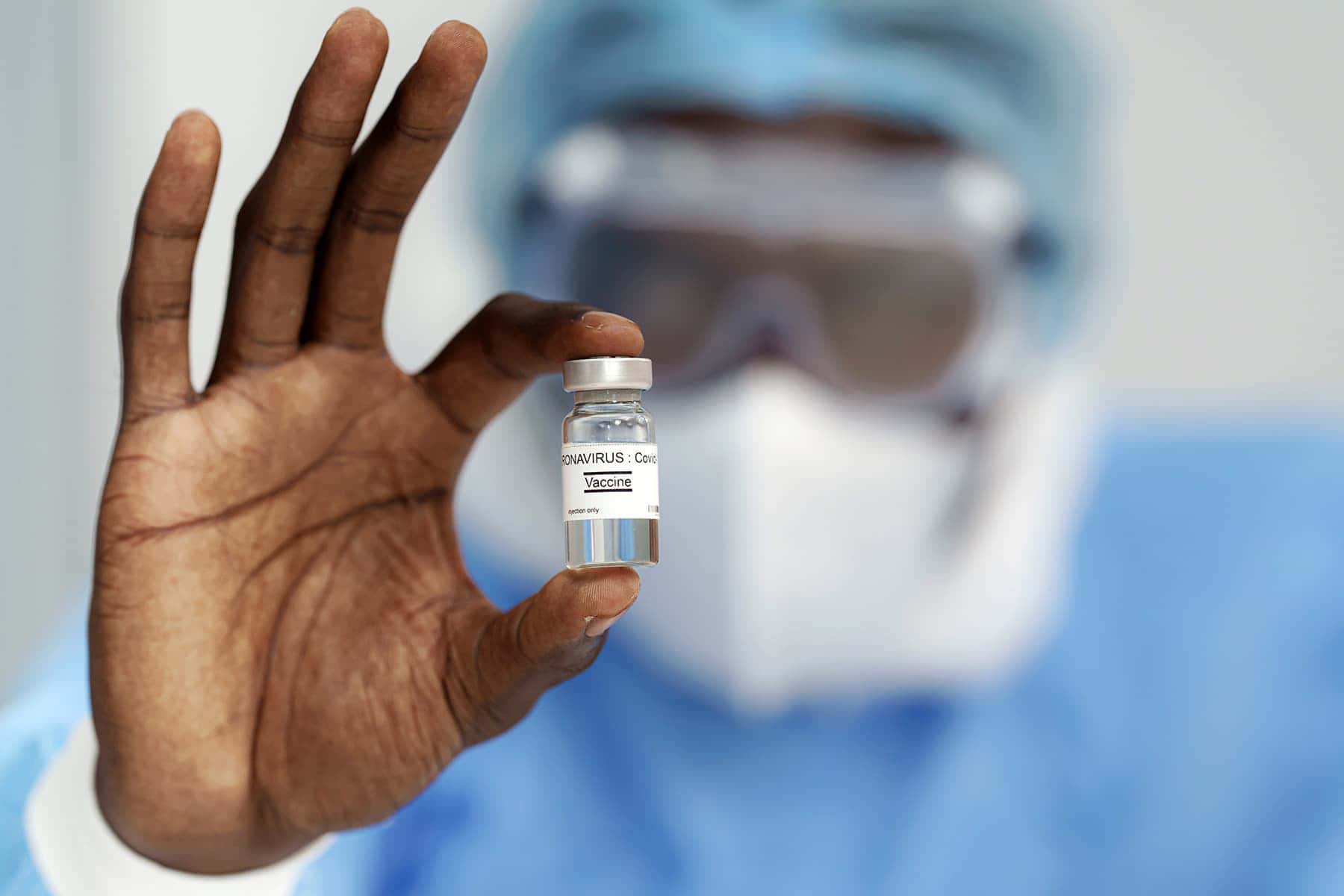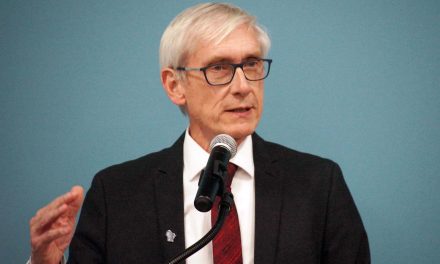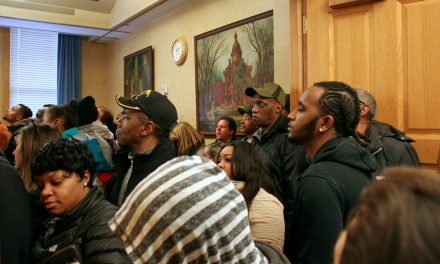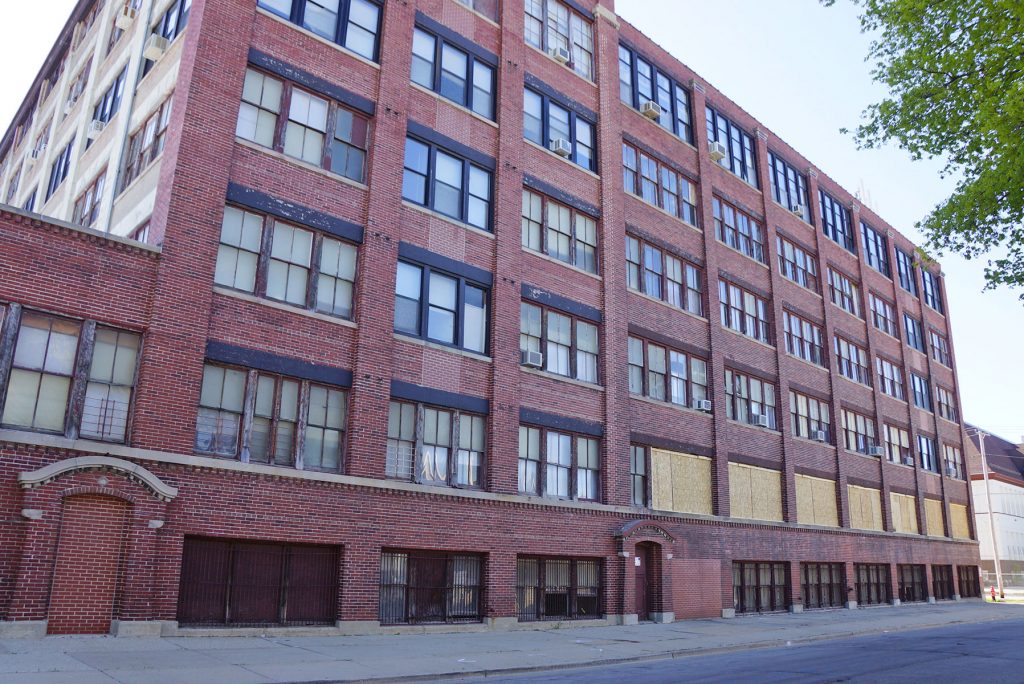
The United States has more access to COVID-19 vaccines than perhaps any other country on the planet. We went from being one of the hardest-hit by the virus in 2020 to leading the world in vaccine access in 2021.
Today, most drugstores offer shots without an appointment even as the rest of the world remains frustrated by vaccine scarcity. And yet, far too many Americans remain unvaccinated, many of them people of color.
According to the latest available data, “While White adults account for the largest share (57%) of unvaccinated adults, Black and Hispanic people remain less likely than their White counterparts to have received a vaccine, leaving them at increased risk, particularly as the [Delta] variant spreads.” This is deeply troubling given that people of color may be more vulnerable to infection and death — and “long COVID” symptoms — than White people.
Asian Americans and the Navajo Nation are the exception, with high vaccination rates. But they stand out among communities of color.
Part of the problem is one of access. While vaccines are widely available, they may still be out of reach from some communities of color because of social factors. For example, those who might be working multiple jobs or are hourly contractors fear job or income loss if they have to take sick leave because of potential vaccine side effects. Others may lack transportation to a clinic or drugstore offering vaccines. Undocumented immigrants understandably worry about revealing personal information as a condition of getting the shots.
But, even accounting for access issues, a skeptical faction among communities of color chooses to forego vaccines. Many analysts have attempted to understand the causes of such opposition. Among Black Americans in particular, there is the heavy weight of historical medical racism that most famously includes the Tuskegee Syphilis Study.
Los Angeles Times columnist Erika D. Smith beautifully expressed the complexity of confronting vaccine refusers in her community, writing in an op-ed, “I have no choice but to consider the systemic racism that has long pervaded this country, and how it has resulted in deep distrust of the health care system, government agencies, and most institutions, including legit media organizations.”
Vaccine skepticism in Latinx communities is also high. Many ascribe it to horrific stories of non-consensual sterilizations that women in those communities have historically been subjected to in hospitals and detention centers. Black and Indigenous women also bear a similar historical burden of coerced hysterectomies that has never fully been acknowledged or accounted for.
Indigenous Americans have a similarly disturbing history of facing medical racism. When whole tribes were wiped out by smallpox brought to their shores by White settler colonialists, a federal vaccination drive was perceived as a means of displacing survivors from their lands.
And then there’s simply misinformation about today’s COVID-19 vaccines. Lots of it.
This, combined with valid criticisms of the medical and pharmaceutical industry has generated a perfect storm of vaccine skepticism within communities of color. Witnessing such skepticism is painful and difficult to accept given the myriad systemic racial vulnerabilities that communities of color face from the virus and from persistent health inequities in medical treatment. Several of my own friends who are all people of color have cited various reasons for refusing to vaccinate.
To try to understand the roots of vaccine refusal in communities of color, I turned to my friend Sheila Fennoy, a biology instructor in Southern California. Fennoy, who is African American, is fully vaccinated and has grappled with vaccine skepticism in her family. She related to me how one of her nieces was concerned about new mRNA technology used in the new COVID-19 vaccines, saying that she was worried it would infiltrate her DNA — it does not.
“We talked a lot, and we tried to make sure she understood it,” said Fennoy of her niece. “She’s an educated woman with a degree in economics and works for the government. Yet she’s never changed her mind.”
Fennoy says much of the vaccine refusal is “reactionary.” She is troubled by the “sensationalist information coming through the media giving them pieces and sound bites of information,” and feels that people are, “grabbing on to it without digging deep to the facts.”
Fennoy’s sister, who asked to remain anonymous, is also refusing to get vaccinated. In our email correspondence, she cited as part of her opposition that, “those who had the vaccine were not immune to contracting the disorder or from becoming fatally ill and dying.” It is a common refrain that since breakthrough infections (infections among people who have been vaccinated) are rising, vaccine skeptics feel vindicated in refusing to inject a product that does not even work. But of course, vaccines do work, and are extremely effective at staving off the worst outcomes — especially among those whose bodies produce effective antibodies. The overwhelming number of those now getting infected, being hospitalized, or dying from COVID-19 are the unvaccinated.
The flip side of that is plenty of immunocompromised people of color who are relying on herd immunity to protect them because vaccines do not work well enough in their bodies to produce protective antibodies.
For example, 48-year old Tracy Anderson, a Black woman in San Antonio, Texas, who was fully vaccinated became infected with the coronavirus and died. One of my friends, who is a vaccine-skeptic, posted Anderson’s story to Facebook as a warning that vaccines do not work. In fact, Anderson had battled with pre-existing conditions that included chronic obstructive pulmonary disease, pulmonary hypertension, and diabetes, which likely left her seriously immunocompromised and less capable of generating enough vaccine-generated antibodies to protect her from the virus.
In another case, though nonfatal, Kimberly Cooley, a Black woman who has to take immunosuppressants for existing health conditions, found out through an antigen test that in spite of being fully vaccinated, the vaccine did not generate antibodies. Today, because vaccination rates among the healthy are not high enough, Cooley is afraid to hug her 6-year-old nephews who are too young to be vaccinated.
Many U.S. residents are finding out the hard way how dire the consequences are of going without the vaccines. Agnes Velasquez, a Latina mother of an unvaccinated teenager in Florida spent weeks in an intensive care unit watching her daughter Paulina breathe through a ventilator. After recovering from a lengthy struggle with the virus, Paulina is urging others to vaccinate saying, “I don’t want anybody’s parents to go through what my parents went through.”
Unvaccinated people are “variant factories,” according to infectious disease expert Dr. William Schaffner, a professor in the Division of Infectious Diseases at Vanderbilt University Medical Center. The longer the virus circulates among those who are unvaccinated, those who are too young to be vaccinated, and those whose immunity is compromised, the greater is the chance of variants cropping up that can evade the vaccines. The immunocompromised and those younger than 12 have no other options at present.
But the healthy unvaccinated among us do, and those options are COVID-19 vaccines.
Fennoy’s sister justified her choice to remain unvaccinated saying, “My immune system is strong, I work with holistic health practices that serve me well and I do not want foreign elements placed in my body for any reason.”
Well-known filmmaker and activist Bree Newsome had a pithy response to such assertions, tweeting, “Folks who think the vaccine is a conspiracy to harm you… Have you asked yourself why the richest governments in the world are making sure white populations are the most vaccinated while inhibiting distribution to the poorest, most non-white nations?”
The real tragedy is that many Black and Brown people in the United States are suffering from and dying of a disease whose worst impacts are largely preventable through a no-cost, widely available vaccine. And, our low vaccination rates are making our loved ones who are immunocompromised or too young to be vaccinated even more vulnerable to the virus.
The good news is that people and institutions of color are working hard to increase vaccination rates. Descendants of the victims of the infamous Tuskegee experiment have launched a campaign to promote vaccinations called Tuskegee Legacy Stories through shareable videos that are aimed at building trust. The NAACP has also embarked on an education campaign.
In Latinx communities, leading cultural figures such as Gustavo Arellano and Lalo Alcaraz are fighting misinformation and promoting vaccines. The voting rights group Voto Latino is also redirecting its organizing infrastructure to the cause.
Also offering a model of success is the Navajo Nation, which was struck early on in the pandemic with high infection and death rates. Today, with a vaccination rate of 70%, which is higher than Whites and Asians, the Navajo Nation is enjoying the fruits of its aggressive campaign of public education about vaccines and strict protocols such as mask requirements and contact tracing.
While it is tempting for the vaccinated to express frustration and rage against our unvaccinated community members — and I have fallen into that trap often enough — public education campaigns relying on clear-eyed explanations might be our best hope of beating the virus and the misinformation surrounding vaccines.
Sоnаlі Kоlhаtkаr
Originally published by YES! Magazine as How to Confront Vaccine Refusal in Black and Brown Communities













